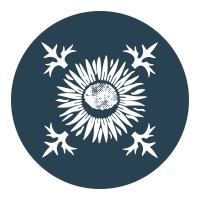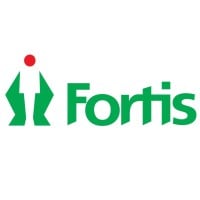
RHÖN-KLINIKUM AG
Die RHÖN‐KLINIKUM AG ist einer der größten Gesundheitsdienstleister in Deutschland. Die Kliniken bieten exzellente Medizin mit direkter Anbindung zu Universitäten und Forschungseinrichtungen. An den fünf Standorten Campus Bad Neustadt, Klinikum Frankfurt (Oder), Universitätsklinikum Gießen und Universitätsklinikum Marburg (UKGM) sowie der Zentralklinik Bad Berka werden jährlich rund 855.000 Patienten behandelt. Über 18.100 Mitarbeitende sind im Unternehmen beschäftigt. Das innovative RHÖN-Campus-Konzept für eine sektorenübergreifende und zukunftsweisende Gesundheitsversorgung im ländlichen Raum, die konsequente Fortsetzung des schrittweisen digitalen Wandels im Unternehmen sowie die strategische Partnerschaft mit Asklepios sind wichtige Säulen der Unternehmensstrategie. Die RHÖN-KLINIKUM AG ist ein eigenständiges Unternehmen unter dem Dach der Asklepios Kliniken GmbH & Co. KGaA.






